Integration of Princely States
by Devender
0 2645
Unifying India after the partition and bringing princely states under single administration was one of the major issues faced by the leaders of that time.
Integration of Princely States
During the rule of Britishers, nearly 40% of the total area of India was ruled by Princes. There were around 565 small and large states under princes. These princes used to enjoy various kinds of powers under Britishers. After Independence, many out of these 565 princely states wanted to be independent states.
- However, with great skill and masterful diplomacy & using both persuasion & pressure, Patel was able to succeed in integrating hundreds of princely states
- Most of these princely states Constituent Assembly with wisdom
- However, some states like Junagarh, Kashmir, Manipur, and Hyderabad announced their desire to become independent states publicly
- Different steps were taken to integrate these states into one India
- Junagarh:
- Kashmir:
- Hari Singh offered a standstill agreement to both countries on 15th August
- It would allow free movement of people and goods
- Pakistan agreed to the terms and signed it but India didn't
- However, after some time, Pakistan became patient and started violating the agreement
- On 24th October, Hari Singh asked for military assistance from India
- Mountbatten stated that under International law, India can only interfere after the state signs a formal instrument of accession
- So, on 26th October, he signed the instrument of accession which got ratified in 1954
- Hyderabad:
- People revolted against the rule of Nizam during this time
- Mainly farmers of Telangana joined this revolt because of the Nizam's worst oppression measures
- Nizam reacted violently to this revolt and sent a para-military force to fight against the Indian Union
- The soldiers raped, murdered, and looted people mainly non-Muslims
- Finally, in September 1948, the Indian army launched an operation, Operation Polo
- Manipur:
- Under the pressure of the public, Maharaja held elections in Manipur in June 1948 & thus state became a constitutional monarchy
- It became the first part of India to hold an election based on a universal adult franchise
- The Indian government was able to pressurize the Maharaja even more and forced him to sign the Merger Agreement in September 1949
- The Indian government didn't consult the popularly elected Legislative Assembly of Manipur which caused a lot of resentment and anger among the masses
- The consequences of it are still being felt.
- French & Portuguese Territories:
- After a long negotiation, Pondicherry and other French possessions were handed over to India in 1954
- However, the Portuguese were not ready to hand over their territories
- They were supported by their NATO allies and India supported peaceful means
- In 1961, a people movement demanded support
- India army launched Operation Vijay
- They marched in Goa and the Portuguese surrendered without any fight
It was a small princely state on the coast of Saurashtra and surrounded by Indian territory. It had no link to Pakistan in any way but still, the nawab declared the accession to Pakistan but the majority of the population in Junagarh were Hindus who wanted to join India.
A mass violent movement began against the nawab and Indian troops had to walk in the state to control the situation. At last, a vote was held to decide the fate of the state and it favored joining India.
Kashmir was ruled by a Hindu ruler named Hari Singh but the majority of the population was Muslim, so Pakistan thought Kashmir belonged to them. However, Hari Singh tried to negotiate with both Pakistan and India to let Kashmir be an independent state.
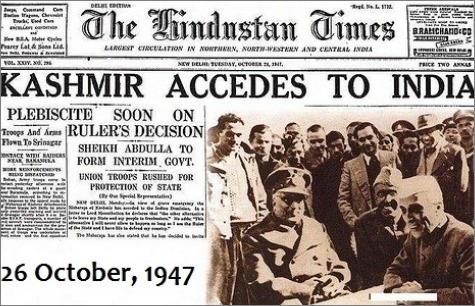
The very next morning, airplanes were used to airlift men and weapons to Srinagar which forced Pakistan to leave the main valley, however, it still occupied a large part of the territory of Gilgit, the Baltistan region which is known as Pakistan occupied Kashmir (POK).
Hyderabad was the largest princely state of India and it was ruled by Nizam. The Nizam wanted to set a Muslim dominion state rather than integrating with India, Nizam wanted Hyderabad as an Independent state and for that, he negotiated with India for a standstill agreement.
They invaded Hyderabad and overthrew the Nizam, annexing it to Indian Union.
The Indian government was ready in giving autonomy to some regions. So, the Maharaja of Manipur signed the Instrument of Accession with the Indian government with the assurance that the internal autonomy of Manipur would be maintained.
Consequently of their acquiescence of all force and authority, the leaders of significant states were given privy satchels ensured by the constitution. The rulers were permitted progression to the gaddi and held certain advantages like keeping their titles, flying their own banners and weapon salutes on stately events.
After the integration of princely states, another major concern was the territory of the French and Portuguese in India.

Share:

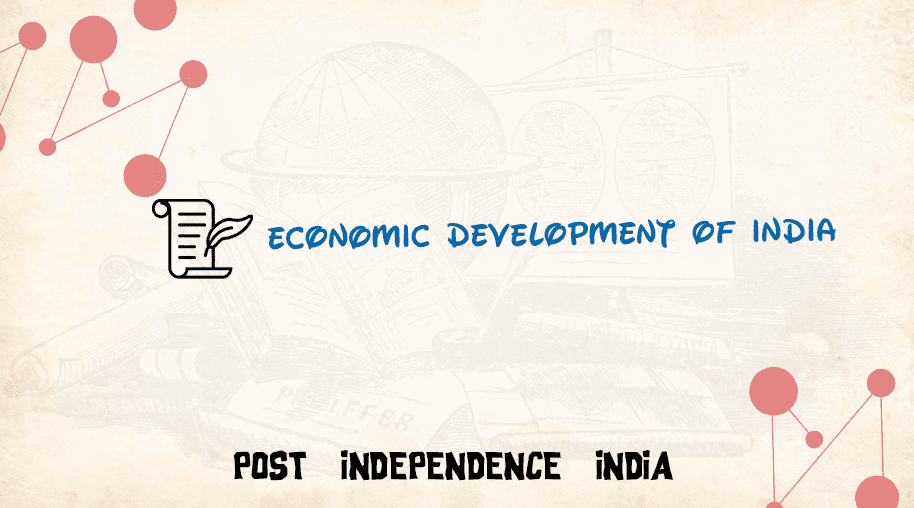
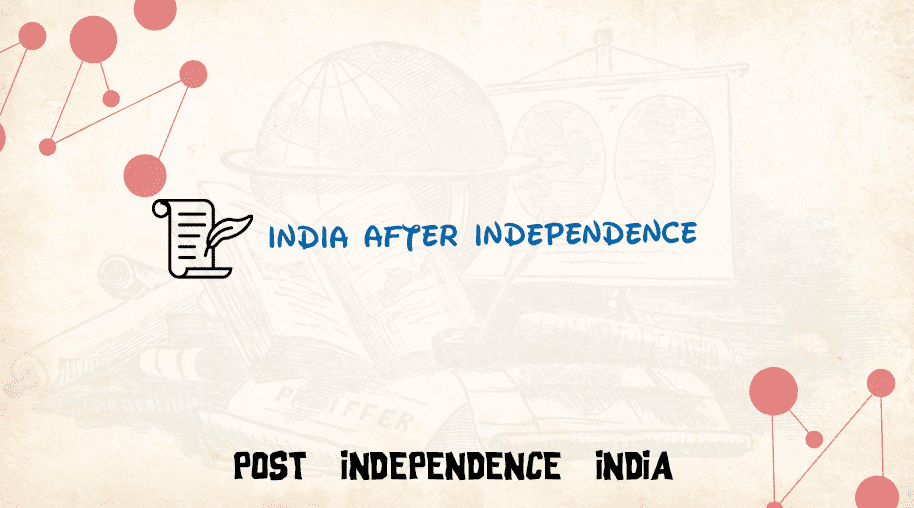
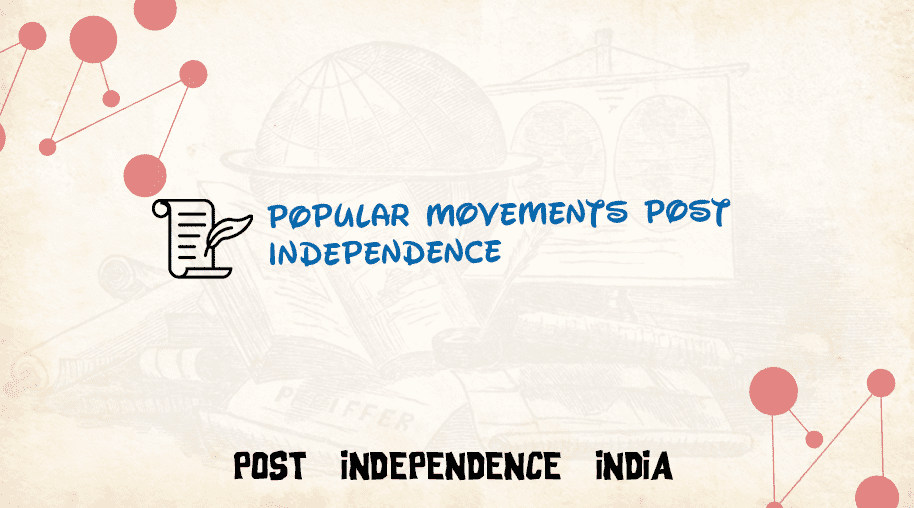
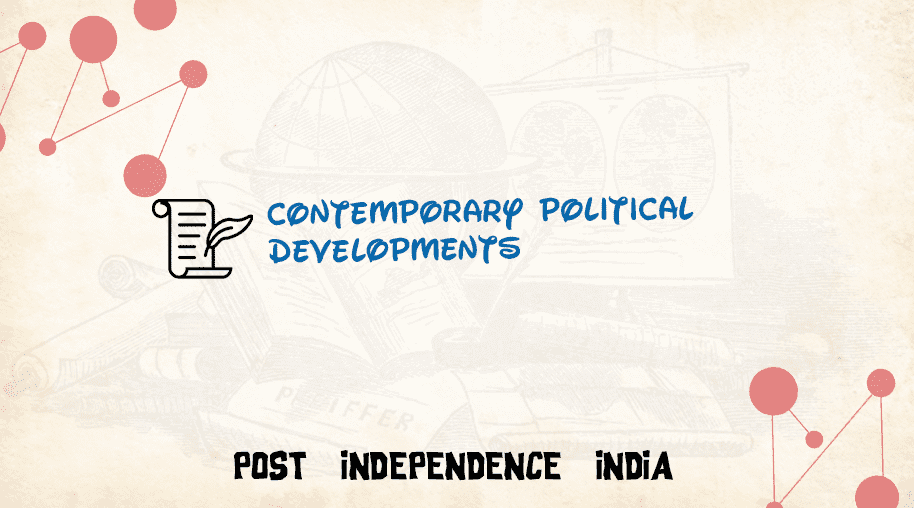


Comments
Waiting for your comments